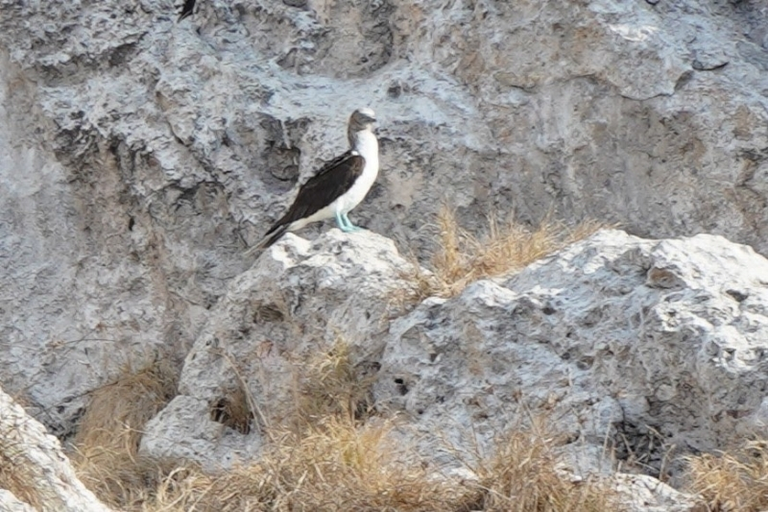Over the past 25 years, Mexican biologists have worked to reverse centuries of damage and restore seabird nesting on the many islands along the Pacific coast.
Their success is a bit of hope, in a world that is losing seabirds fast.
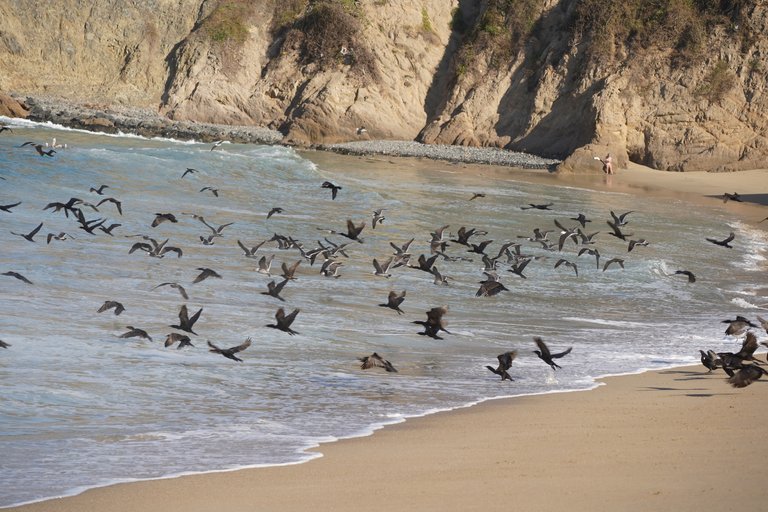
These photos are from my family albums and were taken by my son and his wife during recent holidays.
Many islands and surrounding waters are restricted to people, boats, fishing and snorkeling, with efforts being made to restore beaches and coral that have been damaged from overuse.
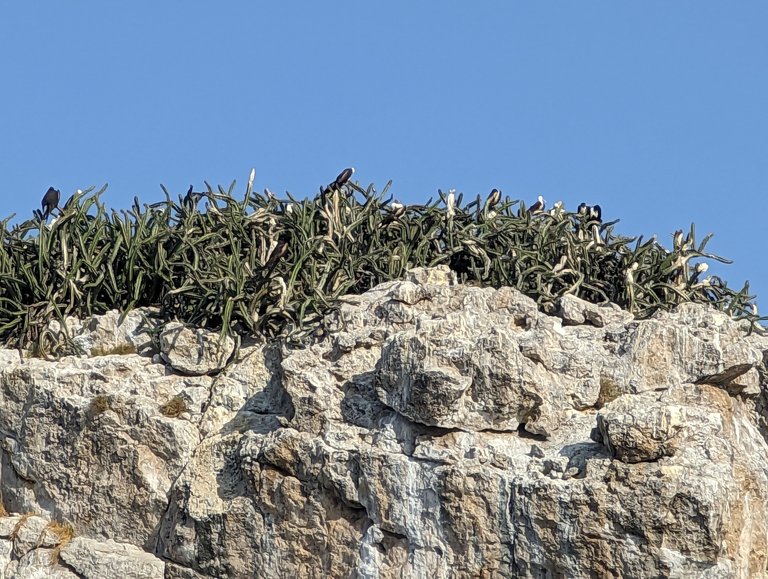

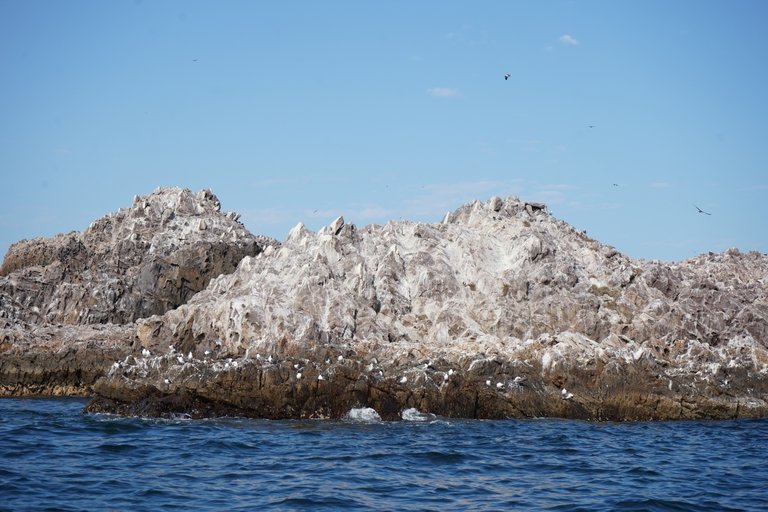
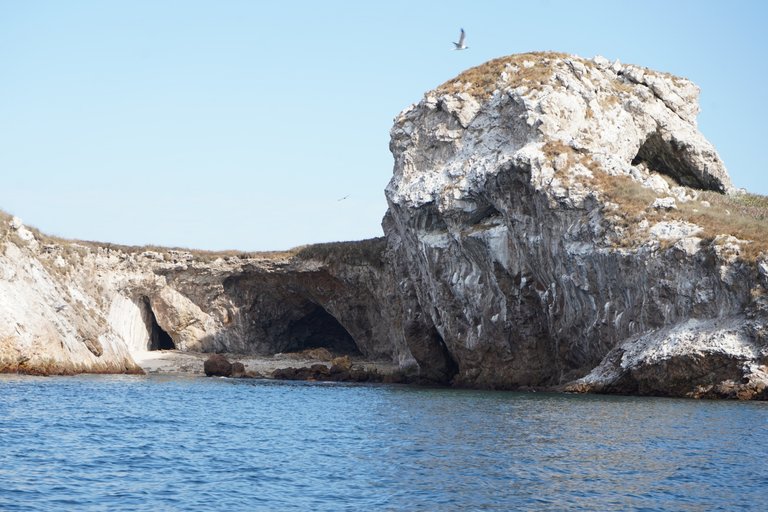
When sealers and whalers arrived in the early 1800s, they brought goats, which leveled the islands trees. Their cats killed thousands of birds. Five of eight endemic land birds went extinct.
But with major efforts to restore the devastated islands, goats are gone;, as are most of the rats, cats, pigs, donkeys, and rabbits. the vegetation is rebounding and populations of gulls, terns, auklets, murrelets, storm-petrels, boobies, pelicans, and cormorants have been reappearing as if by magic.
 blue footed boobie
blue footed boobie
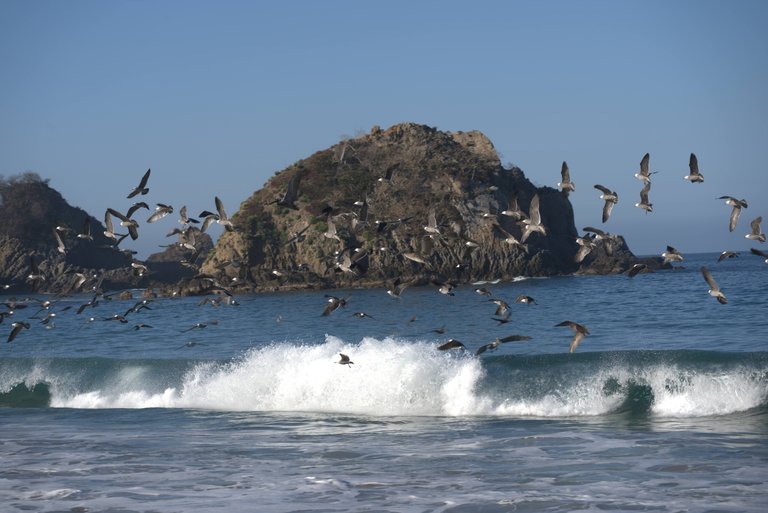
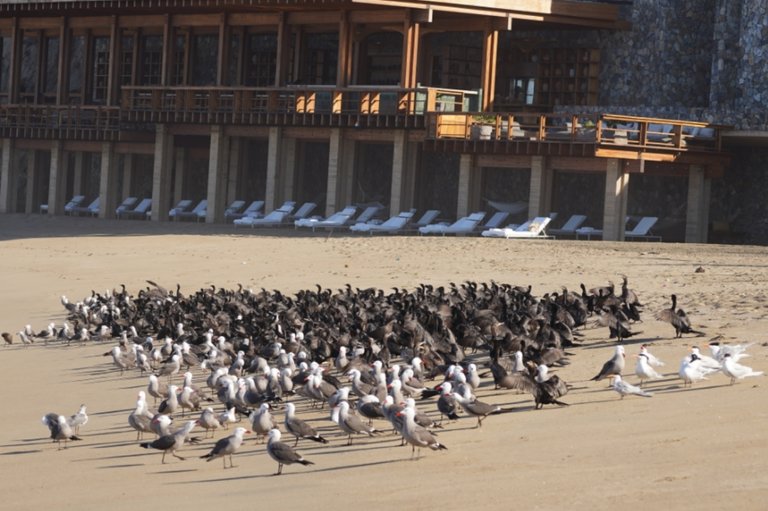
The seas and shores of Mexico make up one of the most important regions for seabirds in the world. With more than 4,000 islands and islets, Mexico has one-third of the world’s seabird species nesting on its islands or feeding in its waters, and is second only to New Zealand in its diversity of endemic seabirds. But with islands overrun by mammals, Mexico’s seabirds faced a bleak future on their breeding grounds. source
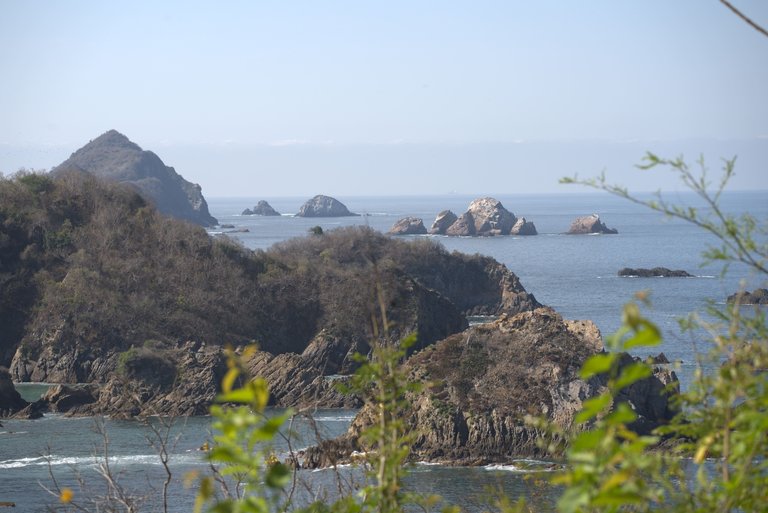
A collaborative effort between the US and Mexico has been a massive success. Of 27 seabird populations that had disappeared, 22 populations have returned within the past decade.
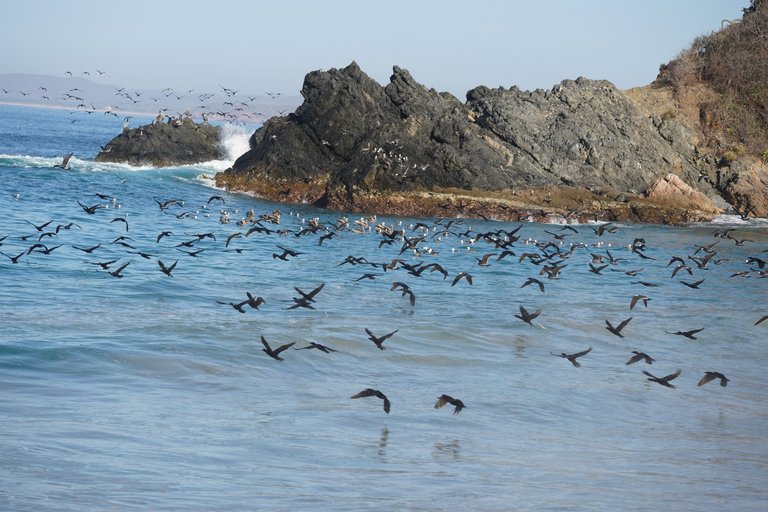


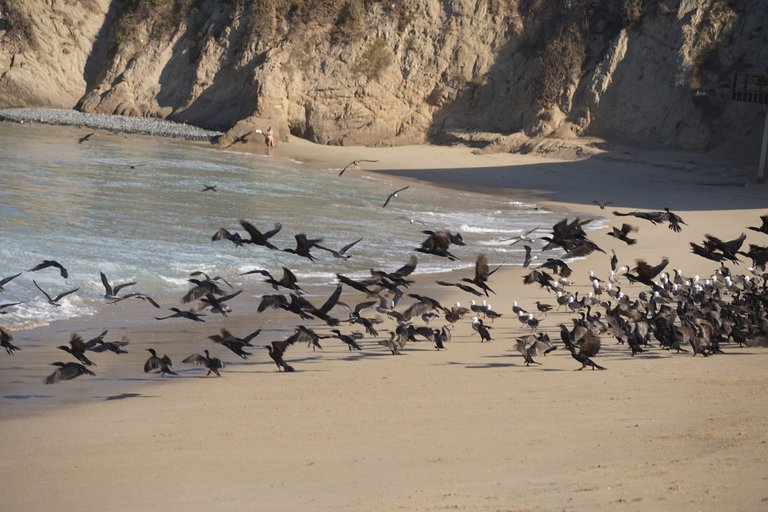
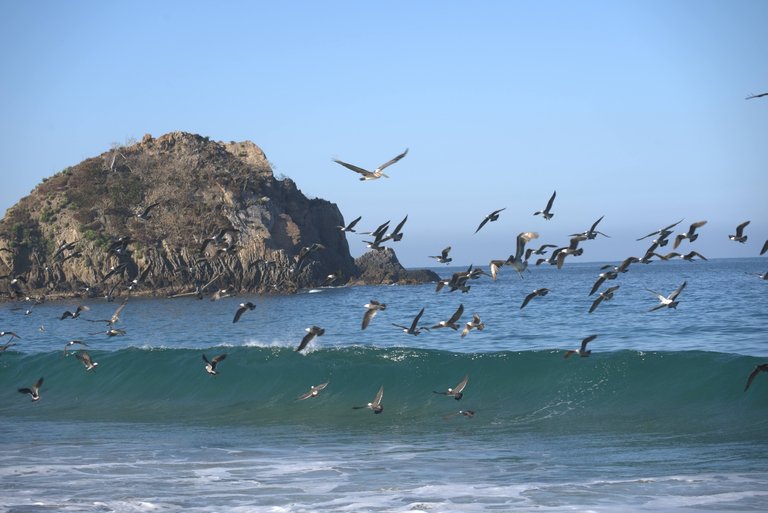
It warms my heart to know that projects such as these are being funded and are achieving success. We all need to do whatever we can in our own backyards and communities to protect our earth!
source





